DIGGING A TUNNEL TO HIDE THE WOODBLOCKS AND SECRETLY MAKING PAINTINGS
Artisan Ky Huu Phuoc is the only person in his family who still persists in preserving the woodblock painting craft of Sinh village, a traditional craft that has been associated with the land for more than 500 years. Sinh village, whose Chinese name is Lai An village, Phu Mau commune, formerly belonged to Phu Vang district, now belongs to Hue city (Thua Thien-Hue).
Receiving us in the late afternoon in his house in Sinh village on the lower reaches of the Perfume River, the over 70-year-old artisan shared that since Hue had the Festival, the craft villages have been awakened, more tourists have come, so the family painting profession has more work to do. In addition to the traditional worship paintings, his family has created many more decorative paintings for tourists to buy as souvenirs.
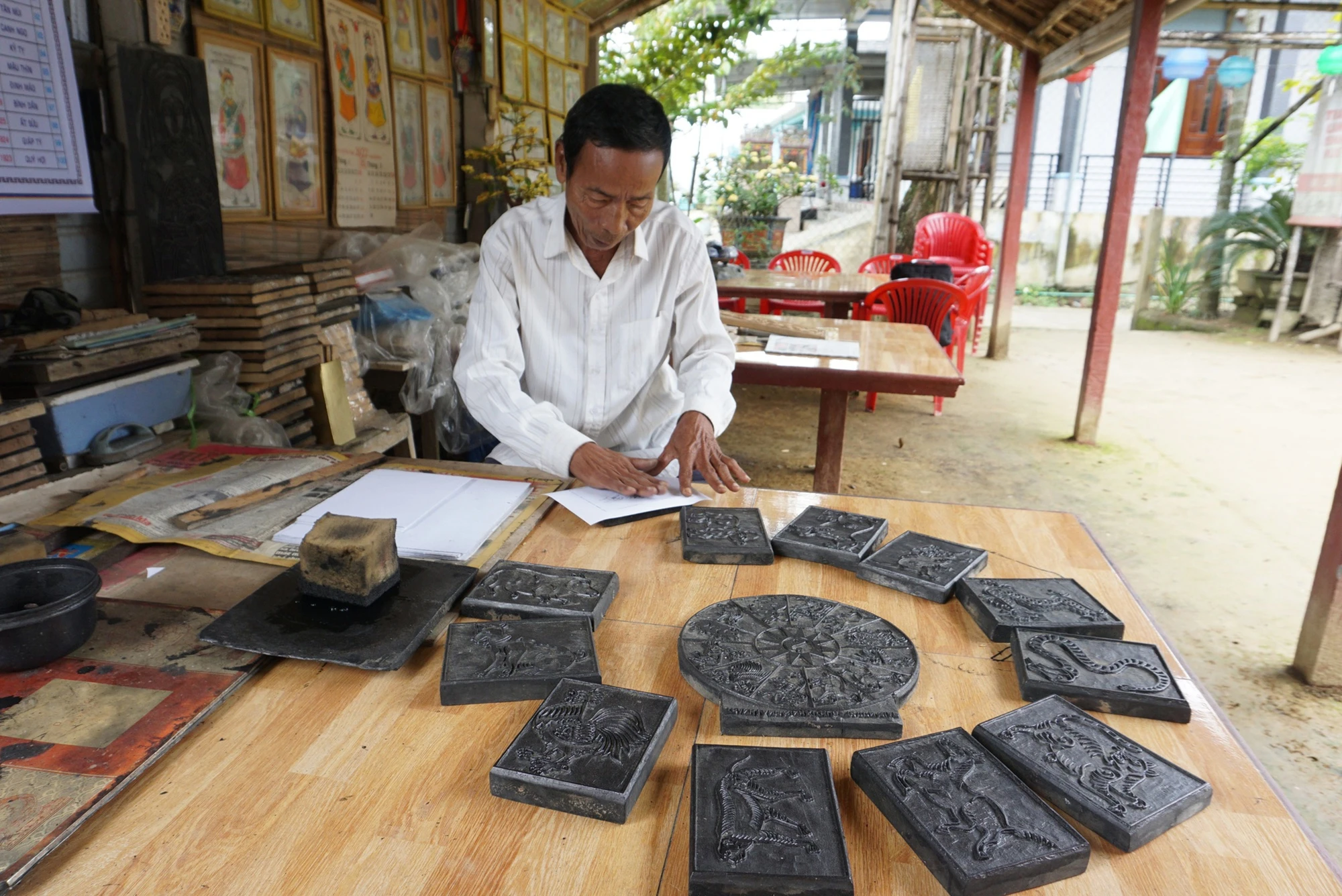
Artisan Ky Huu Phuoc with his family heirloom woodblock paintings
However, after careful consideration, he still found that the traditional profession did not guarantee the family's economy, so he had to do more farming and farming. Artisan Ky Huu Phuoc said that in the years after liberation (1975), the profession of making paintings in Sinh village encountered many difficulties. "At that time, those who made paintings for worship were considered to be spreading superstition, and the woodblocks were confiscated and chopped into firewood. At that time, I also took a risk. Thinking that this was a profession left by our ancestors, if I lost it, I would be guilty of my ancestors, so I secretly dug a cellar and buried the woodblocks. Farming was not enough to make a living, so every night I secretly went down to the cellar to light a lamp and make paintings. When the paintings were finished, I tied a rope around my back, put on clothes and took them to the city or to Quang Nam , Quang Ngai, Binh Dinh... to sell. Thanks to that, I was able to keep a set of woodblock printing molds through the difficult years. I later donated this set of printing molds to the Hue Monuments Conservation Center," he said.
The country is changing, economic life is developing and awareness is gradually becoming more open. The people who make paintings in Sinh village have found ways to restore their old profession, especially during the off-season.
HOLD THE SECRET TO MAKING SCALLOP COLOR
As the 9th generation descendant of a family that makes folk paintings in Sinh village, artisan Ky Huu Phuoc is the only person who still holds the technique of making paper and mixing natural colors from vang trees, locust trees... Especially the secret of making colors from clams and scallops.
According to the genealogy of the Ky family in Sinh village, around the end of the 14th century and the beginning of the 15th century, along with the people following Lord Nguyen to Thuan Hoa to settle down, Mr. Ky Huu Hoa brought the craft of making woodblock paintings to Sinh village to settle down. Mr. Hoa is considered the founder of Sinh village's painting craft.
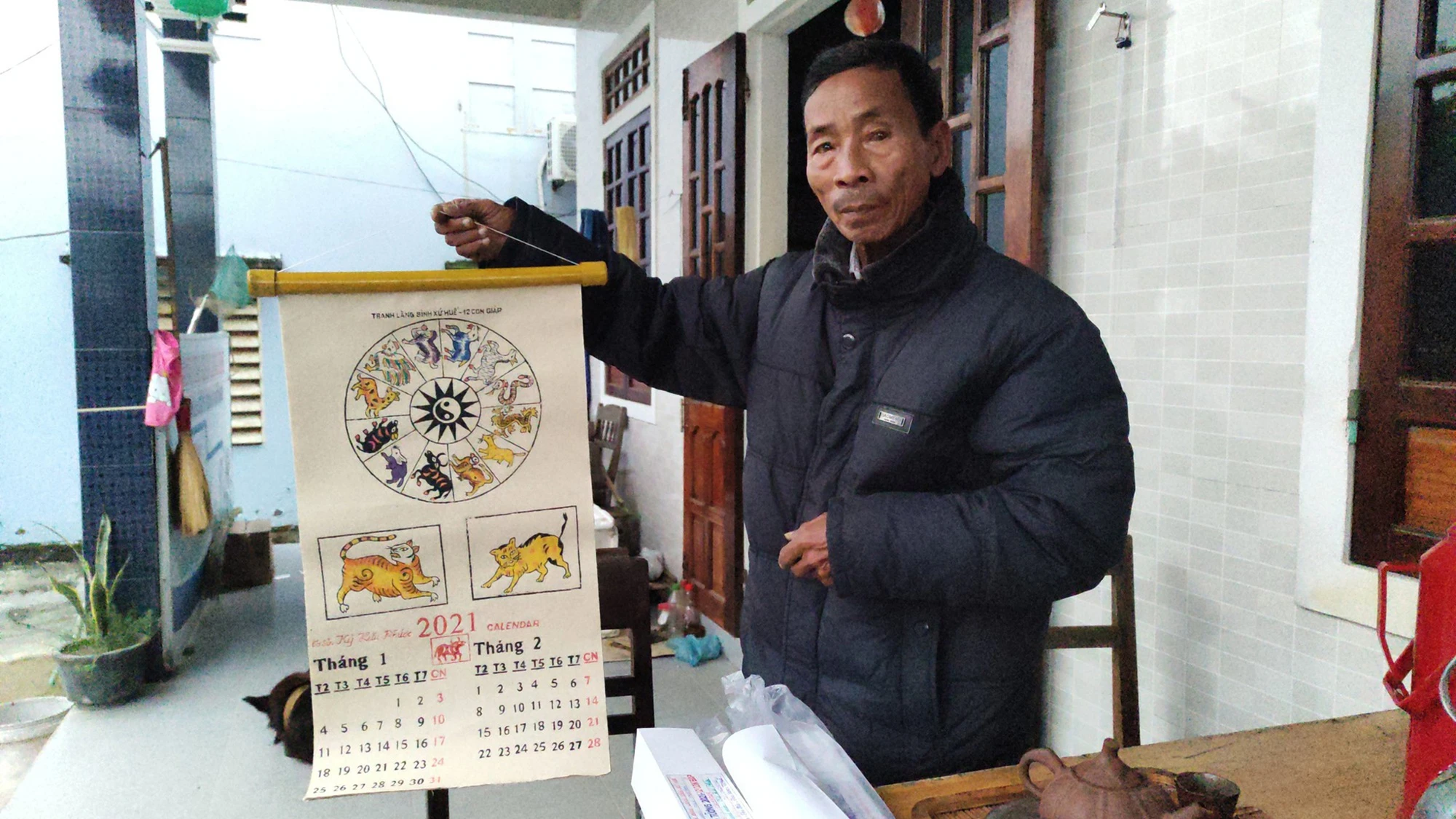
Artisan Ky Huu Phuoc introduces the 12 zodiac calendar paintings created by his establishment.
Not everyone can make woodblocks to print Sinh village paintings. Only the ancestors or the most talented artisans of Sinh village can carve to preserve the original identity, and then pass it on to their descendants. Each painting is a complete wooden mold, the painter uses black ink to apply on the woodblock, then uses Do paper to print the rough painting. The painting is left to dry, then carefully uses self-mixed colors to draw patterns on the painting.
The difference between Sinh village paintings and other folk paintings lies in the very primitive, innocent strokes and compositions, imbued with the character of the countryside. When creating a painting, the woodblocks only serve as molds and print the main color (usually indigo). The remaining colors are hand-painted by the artisan, so no painting is the same. Each painting "carries" the mood of the artisan at that time. Sinh village paintings have a color scheme similar to the enamel paintings in the architecture of Hue citadel: a harmony of yellow with indigo, red with jade, blue with fire, emerald with amber...
Since ancient times, Sinh village folk paintings have been comparable to Kinh Bac paintings such as Dong Ho, Kim Hoang, and Hang Trong. "Each Sinh village painting is a complete wooden mold with different patterns and shapes. Therefore, before printing the painting, the maker must create a woodblock. This job requires highly skilled craftsmen to be able to create woodblocks that are authentic and can be passed down to future generations," said artisan Ky Huu Phuoc.
According to the artist, his folk painting line has now developed into 5 lines: decorative paintings, souvenir paintings, worship paintings (octet), game paintings and 12 zodiac paintings. Over time, in Sinh village there are now more than 40 households following the profession. To diversify their products, households also make five-color paper flowers, paper lotus and souvenir products.
If using the right type of Do paper and traditional colors, it requires elaborate production through many stages, wasting effort and time, so now Sinh village painting makers have gradually switched to using industrial colors and newsprint to reduce product costs. This is the reason why the technique of making Do paper and traditional colors is gradually fading away.
In Sinh village, only artisan Ky Huu Phuoc has mastered and knows how to make Do paper as well as mix traditional colors. Sinh village has many artisans who can make paintings, but his family alone has 3 members recognized by the People's Committee of Thua Thien-Hue province as "Sinh village folk painting artisans". Besides him, there is his wife, Mrs. Tran Thi Gai, and son Ky Huu Hai.
Source link




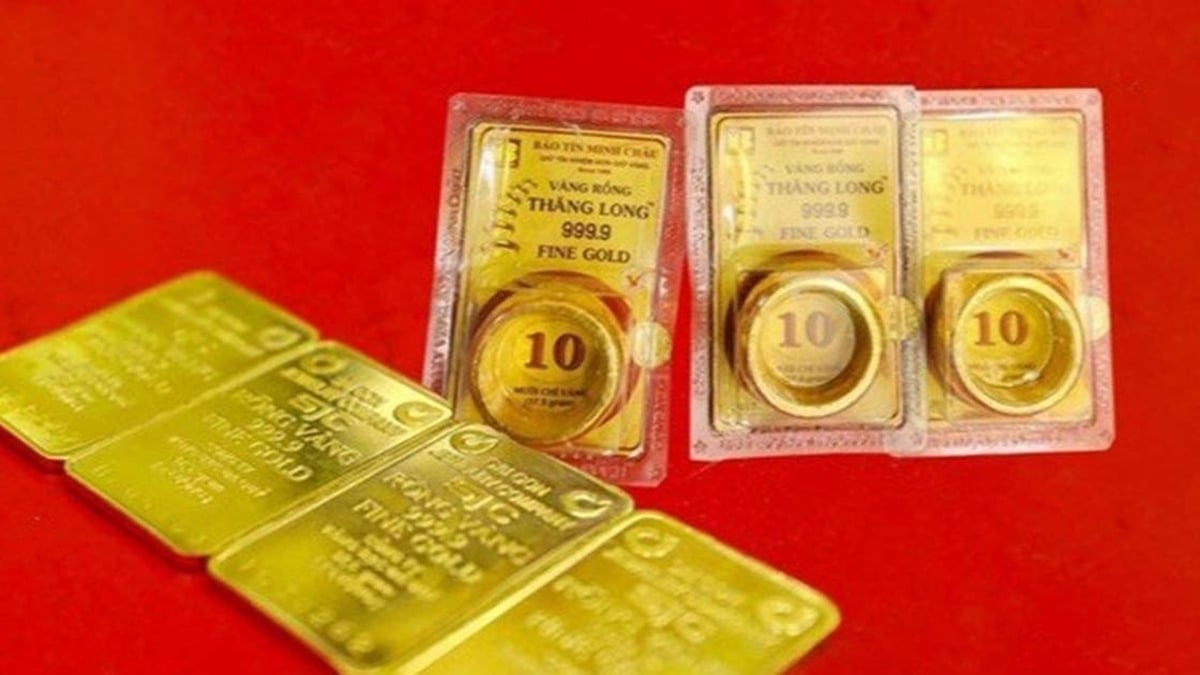
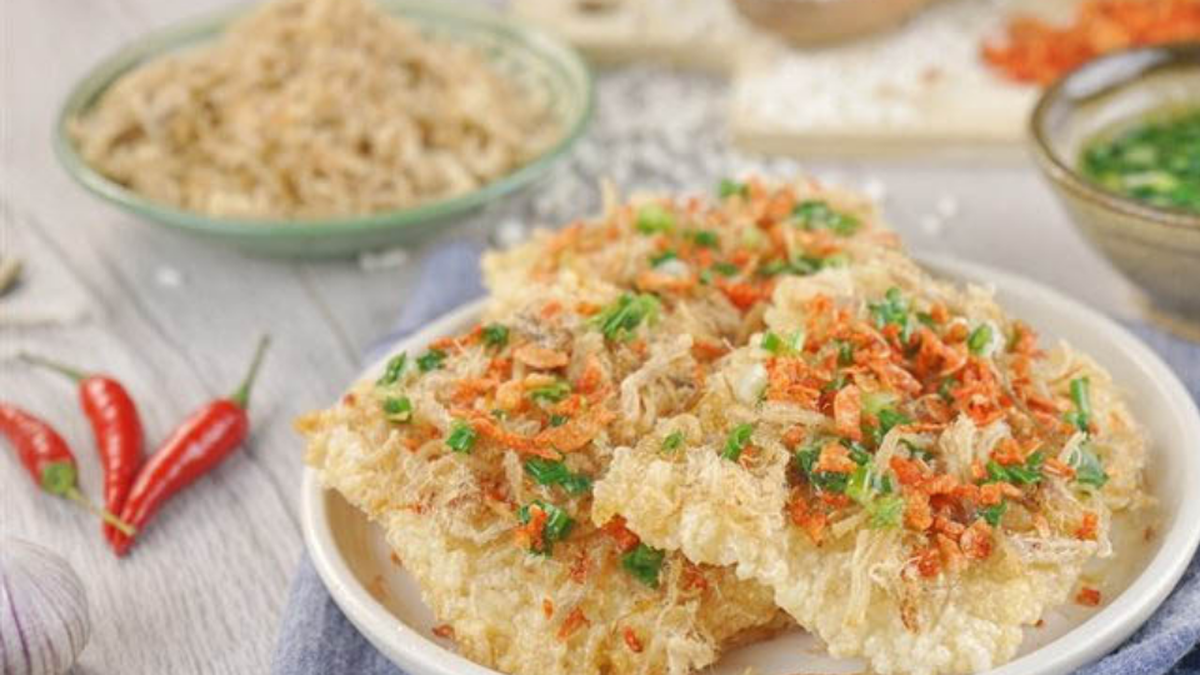


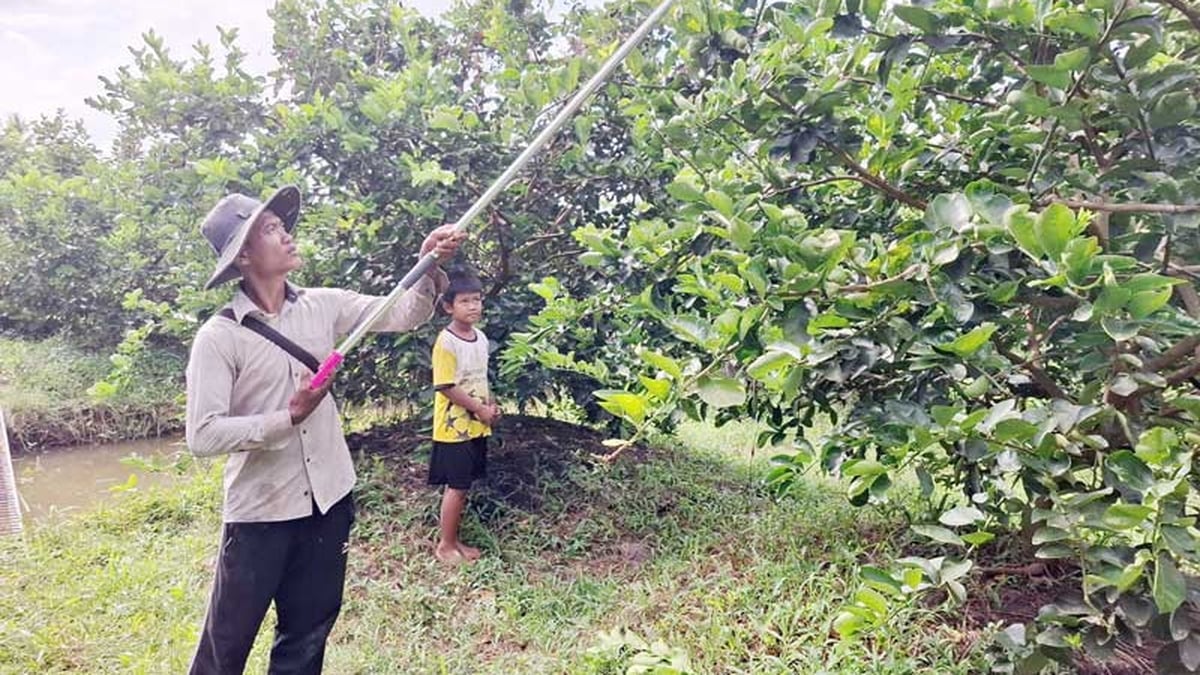































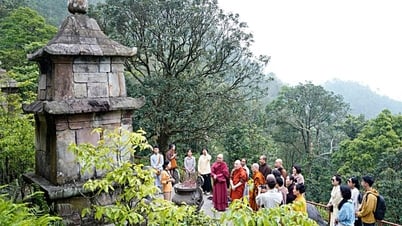























































Comment (0)